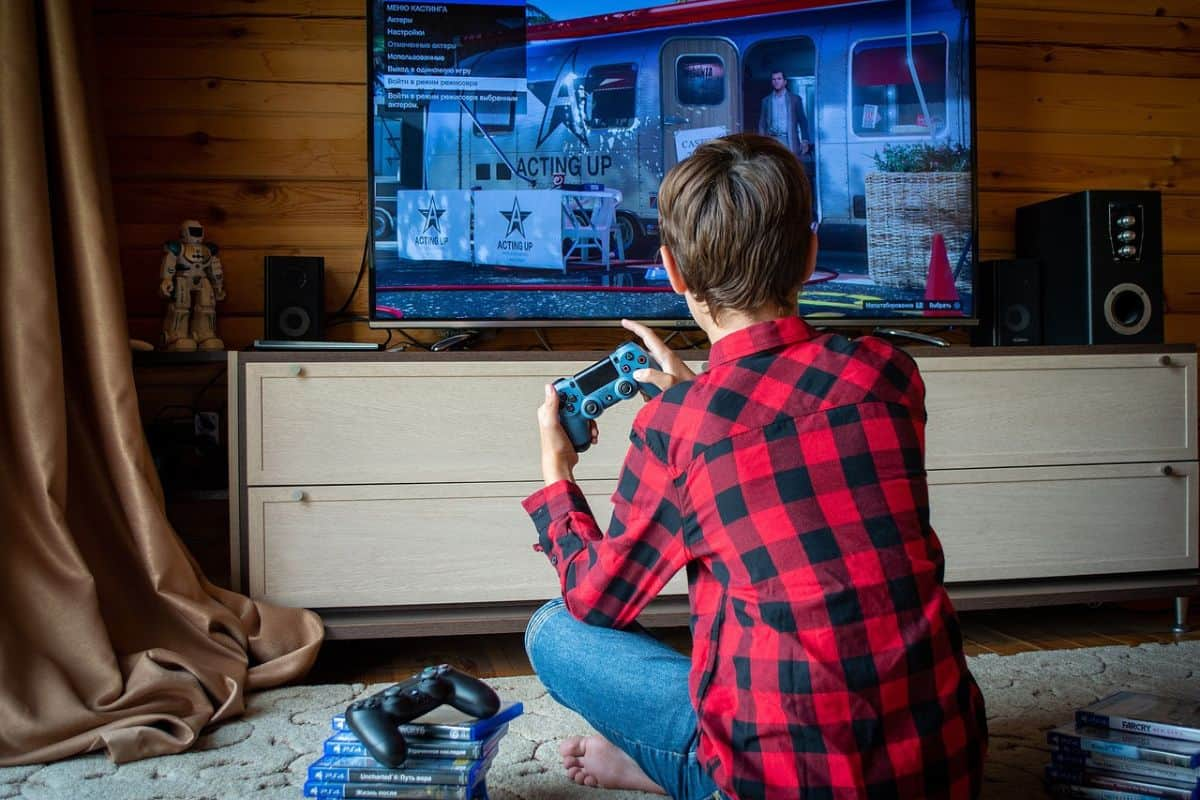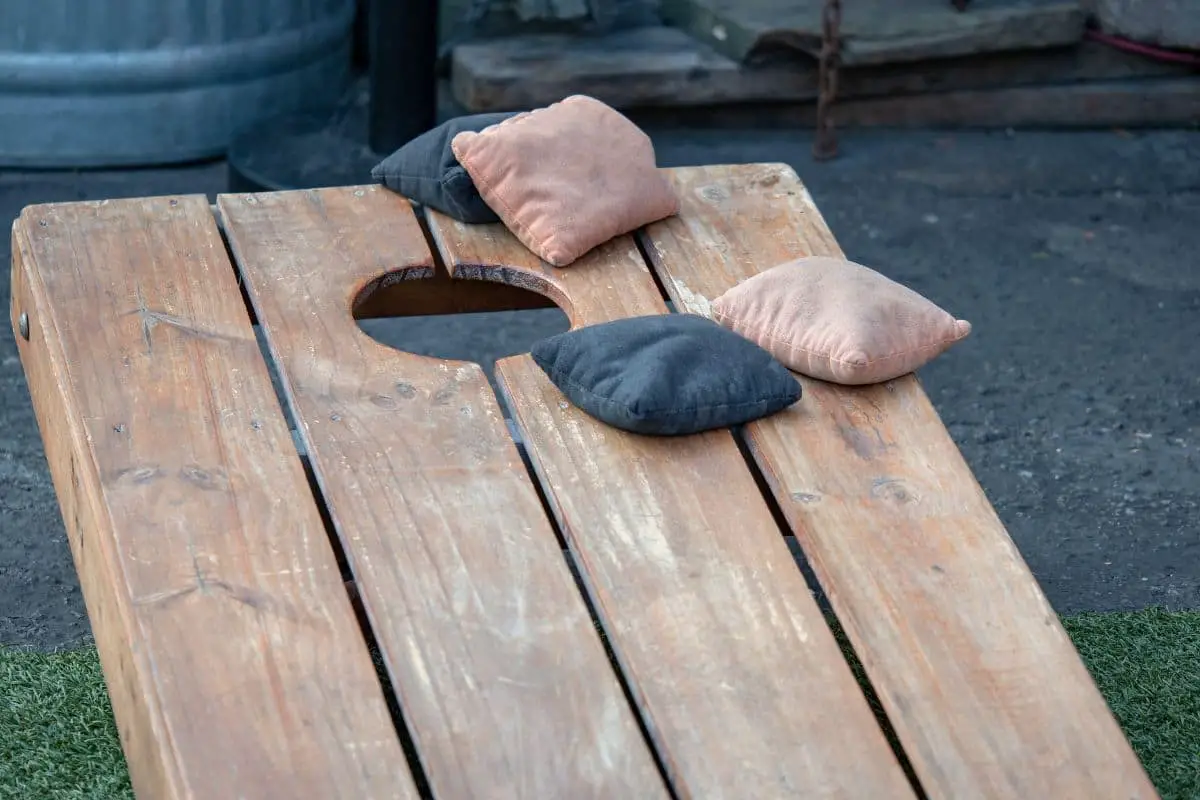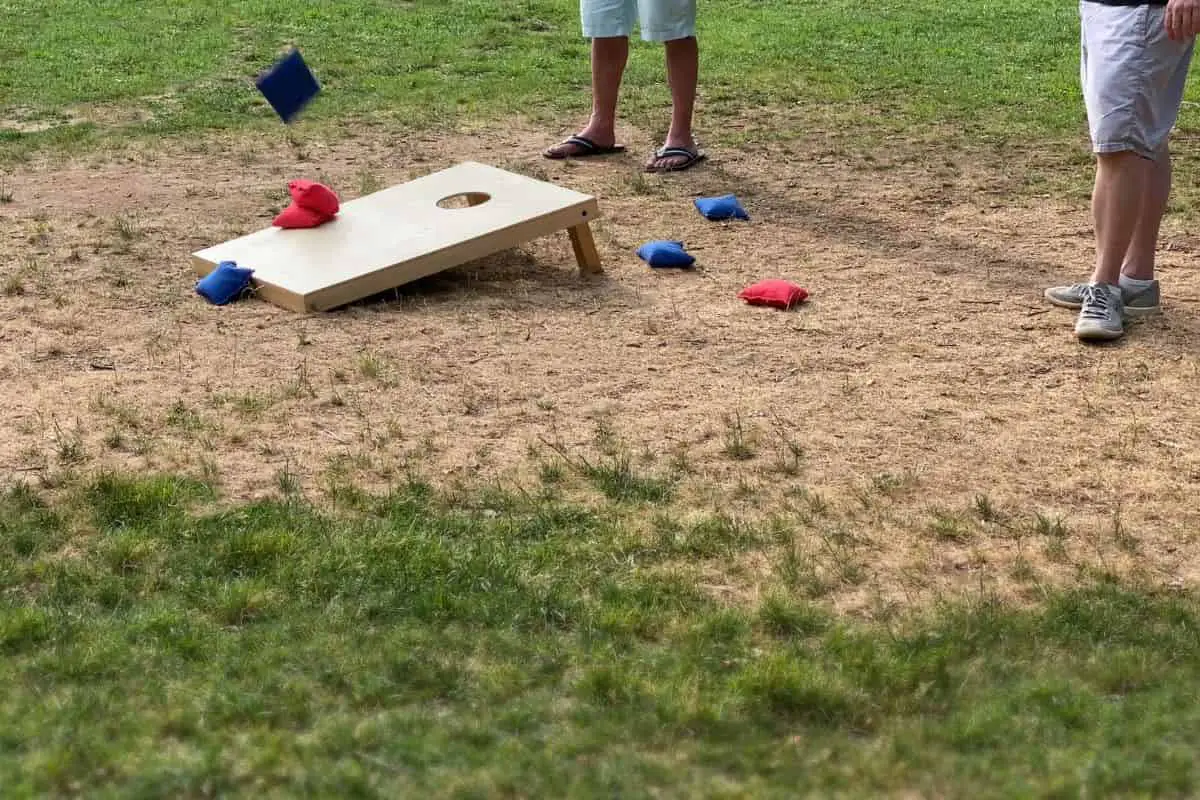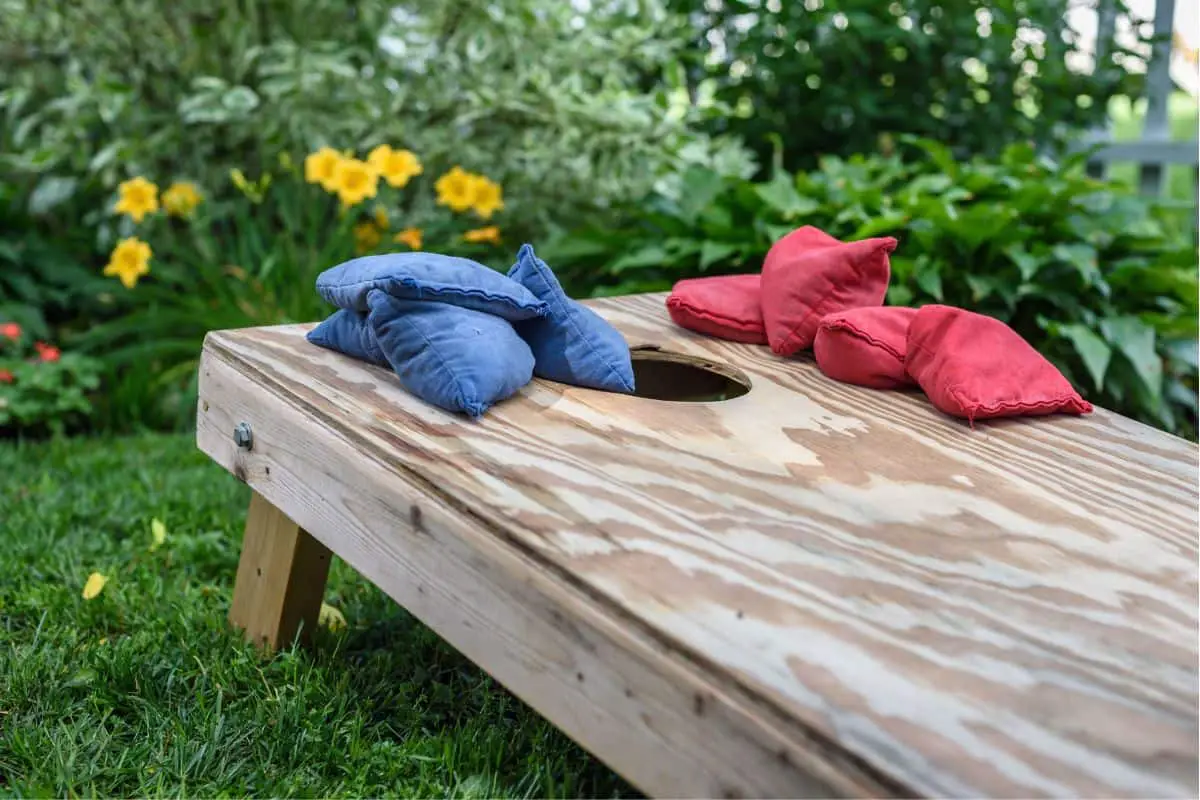We all know technology and social media have taken over our lives. People nowadays aren’t getting as much time for recreational activities because social media has put us in a trance. How can you regulate social media intake and add more recreational activities to your schedule?
People work well with routines and schedules, so set up a strict time for social media and technology, and add the following recreational activities to your routine:
- Morning and evening walks
- Sports: soccer, football, swimming, tennis, volleyball, cycling
- Hiking
- Fishing
- Camping
- Clubs and classes (cooking, photography, music)
A great strategy for getting your children to do more recreational activities and spend less time on social media is to create a schedule and designate times that they can use technology. Ask yourself or your children if they would be interested in any clubs or sports. Then stay consistent! Keep reading to learn how to limit social media intake and add more recreational activities into your daily routine. While they may argue at this limitation (and likely more at first!), staying consistent will help them see this new routine is here to stay!

How do I Regulate Social Media Intake?
We have access to the entire world at our fingertips. Yet, too much time on social media can adversely affect us. It can lead to behavioural problems, addiction, depression, trouble sleeping, delays in social development, and feelings of loneliness. But do not fear; these are reversible and can be taken care of by regulating your social media intake.
The first step in regulating social media is setting strict times for you or your children to be on their phones or tablet. This could be after they finish their schoolwork or other responsibilities. You can also permit tech time after dinner. Yet, these technology times should come with rules:
- A media plan that discusses the DOs and DON’Ts of social media
- Technology is used AFTER chores, homework, and studying are completed
- Break time every 30 minutes
- Two-hour total time limit
Another thing to remember is that we are very receptive to other people’s behavior. Try not to be on your phone while you are around others and establish NO PHONE ZONES in the house. These areas can be the places where you spend time with your family to communicate and share, such as:
- The Kitchen or Dining Room during meal time
- Bedrooms (before bed)
- Living Rooms when the family is around
Keeping a no-phone zone will encourage children to communicate with those around them. Since screen time primarily is communication from one to a screen, this social time with family is crucial for language and social development.

When Should I Let Them Use Their Devices?
It is best to prioritize your responsibilities in keeping a schedule for you or your children to use technology. After finishing all necessary chores and tasks, you can allow yourself or your child 1 hour of screen time with social media. However, this hour should have a 30-minute screen break in which you engage in a different activity. Another time you can allow technology time is after dinner for another hour.
You can create a routine that works best for you, but remember these essential tips:
- Do not allow social media right before bed
- Do not allow social media right after waking up
- Do not allow tech time during social gatherings
- Do not allow tech time during meal times
- Only allow 30 minutes of SOCIAL MEDIA TIME in the 2-hour tech time
These tips limit the amount of social media taken in and incredibly impact people’s lives. According to Ke Alaka’i, people with limited social media intake “showed significant reductions in loneliness and depression.” It was also noted that limiting social media to “30 minutes a day may lead to significant improvement in well-being.”
How to Add More Recreational Activities
There are plenty of recreational activities to participate in to keep you busy! Try adding these activities to your daily routine:
- Walking in the AM/PM
- Fishing
- Club Sports such as swimming, soccer, tennis, football, baseball, or volleyball
- Bike Riding
- Hiking
- Classes for a new hobby like photography or cooking, or playing an instrument
- Exercise or go for a run
- Yoga
All these activities could be added to your daily routine, especially walking, yoga, and other exercises. Although if you have a busy schedule, it may be challenging to indulge in a recreational activity every day, on the weekends, you could go bike riding, hiking, visiting the park, and fishing!
If you’re looking for more social activities, joining a class or a club sport is the best option. This way, you are moving your body but are also engaged in social interactions, keeping you focused on the moment you are in! Click here for Why are Recreational Sports so Important?

What are the benefits of adding more recreational activities and limiting social media?
It has been noted that screen time and social media have caused increased depression and feelings of loneliness–especially in females.
This is because some people have a Fear Of Missing Out (also known as FOMO), or they compare themselves to the people they see. Yet, when you decrease social media, you become more focused on yourself and the present. You’ll begin to make more friends, be less worried about what people think about you, and be a happier, healthier person!
Although social media has its negatives, it also has its positives so I wouldn’t eliminate it altogether. Social media allows you to connect with friends, learn about new places, and learn different things! Just be sure to add some recreational activities in the meantime. Click here for 12 Benefits of Active Participation in Recreational Sports
Conclusion
Limiting social media intake and adding more recreational activities is easy to do. Limit yourself to only 30 minutes of social media per day and only 2 hours of screen time. Keep a strict schedule and prioritize your responsibilities before you look for social media. You should also try to add a daily recreational activity to move around and enjoy the present. Social media isn’t an enemy if we use it in small amounts. So, put the phone down and enjoy your life, one small moment at a time.





Leave a Reply
You must be logged in to post a comment.